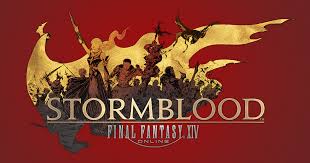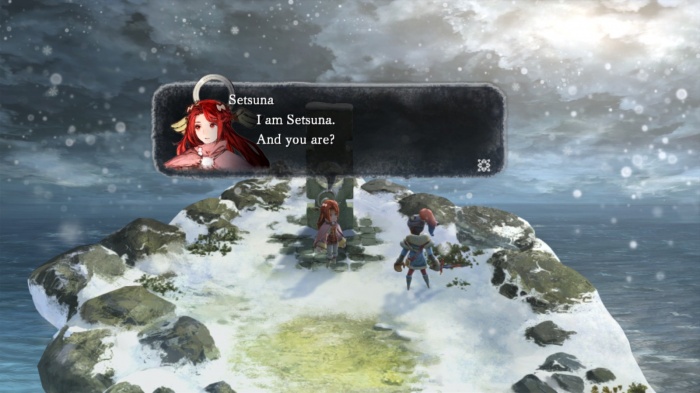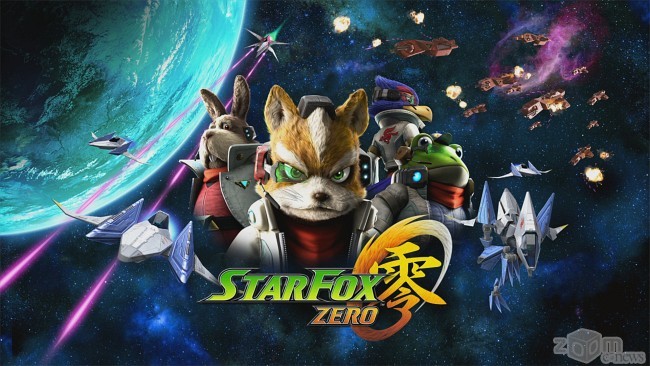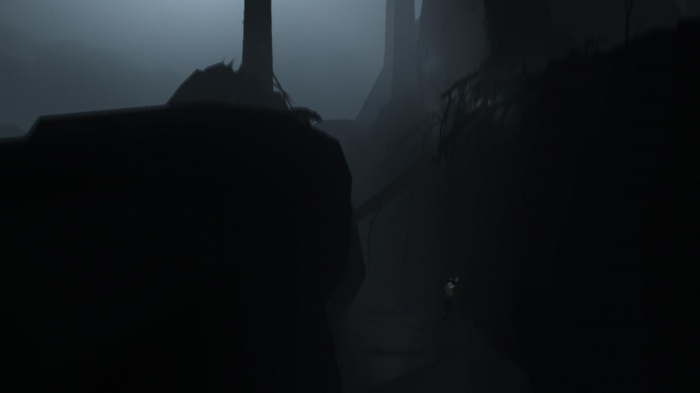Now that it’s been nearly four years after the miracle that was the rebooted, subscription-based MMO Final Fantasy XIV, Final Fantasy XIV: Stormblood has been released as its second expansion pack. While the first expansion pack—Final Fantasy XIV: Heavensward—was a tale of both revenge and of peace between two almost-eternally warring people, Heavensward was also a tale of the development team (lead by the rising star Naoki Yoshida) finally taking complete control of their property after the disastrous original Final Fantasy XIV in 2010.
However, Stormblood is about breaking down the security of the present for something new and better, while respecting tradition at the same time.

It’s no surprise that factions such as the Skulls—Ala Mhigan youths who garnish Garlemald with patriotism and seek acceptance within the Empire—exist. For them, they’re also citizens of the Garlemald. Many locals also refuse to fight, content with being second-class citizens for the sake of their own safety.
The fight has been beaten out of them and for many, Garlean rule is all that they know. Stormblood’s handling of these issues is surprisingly mature, and explores the effects of oppression on a rather diverse cast of characters.
Identity is a recurring theme within Stormblood, and it’s personified most strongly in its lead character. Lyse Hext may have both figuratively and literally removed her sister’s mask as she takes a stand for Ala Mhigo, but she struggles to rediscover her own place in the world.
Accompanying her is Alisaie, the polarising twin to Heavensward’s Alphinaud—the youthful boy who played a significant role in the negotiation of peace between the dragons of Dravania and the knights of Ishgard.
Alisaie wears her feelings on her sleeve, finding herself at odds with the developments of her brother taken throughout the last expansion.
She’s more confrontational and less cautious, making for a more fitting ally in a story about revolution. Stormblood isn’t afraid to slow down and spend time with its cast either, and a personal highlight would be the intimate night of drinking with two key allies later in the campaign. These characters feel very real, and the war is grueling.

Characters acknowledge more of the Warrior of Light’s history, feats, and even abilities. If the player is a healer and someone is wounded in a cutscene, then they can expect to be called into action.
Additionally, as Ala Mhigo attempts to wrest control from Garlemald, so too does the protagonist attempt to take their own identity into their own hands.
The Warrior of Light can still be expressive, but more dialogue options bleed personality from them. The end result may always be the same, but these wrested moments of characterisation are still very important.
Heavensward may have first made the protagonist vulnerable, but Stormblood goes in an even more shocking, crushing direction. The opening act of Stormblood starts in the midst of an impersonal rebellion, but the act ends by lighting the fires of revolution within the heart of the protagonist and the player both.
Making for an enticing antagonist is the Warrior of Light’s first real threat: Zenos yae Galvus, son of the Emperor. As the protagonists fight against oppression, Zenos is defined by it. Unawaringly caged by his own upbringing, the antagonist is a warrior who simply seeks thrills wherever he can.
His entire motivation is not one out of malice, but one born from boredom. Secretly, he may even be seeking an escape. Regardless, Zenos is extremely dangerous and the protagonists decide that victory will not come so easy.
With that in mind, they seek to fan the flames of rebellion in Zenos’ other territories, turning their eyes to Othard—an in-game representation of the far-east which is controlled by Yotsuyu, an antagonist who is similarly twisted by her past oppressions.
With large, new locations that represent the Middle East and Asia, Stormblood is rich with diverse settings. The island of Hingashi gives a brief look at Edo period Japan, while Othard provides a mix of China and Mongolia. Meanwhile, back home in Eorzea is Gyr Abania, the home of Ala Mhigo, which reflects Middle Eastern and Indian influence.
They’re vibrant and exciting to explore, and each location is a character in its own right. What’s more, the level design echoes the care and deliberation present in the A Realm Reborn maps while matching the much larger scale found in Heavensward.
The addition of swimming and diving underwater is also interesting, and underwater settlements add an additional layer of fantasy to this already fantastical game. Of course, alarm bells would ring in any player’s mind at the mention of underwater locations, but rest assured that no combat takes place here.

This ensures that each job has access to the necessary utility to retain Final Fantasy XIV’s goal of providing viability of every job in every bit of content. Furthermore, this allows the developers to strengthen the traditional identity of each job as well.
A strong example would be Bard—previously a glorified Archer—who now finds support songs even more central to their mechanics. An additional unique UI element has been added for each job too, though admittedly some of these feel unnecessary.
Highlighted boss fights from the campaign now seem to utilize the ATE system, introduced near the end of Heavensward, more liberally.
While simply amounting to no more than a single and brief Quick-Time Event, it allows for some interesting and incredibly fun climaxes midway through the fight.
There’s nothing cooler than stopping a massive sword from smashing your friends’ characters, and then holding that sword back while they attempt to launch it away in regular gameplay.
The design for these fights is often incredibly tight, and the range of difficulty at offer is also enjoyable. The most recently added Savage difficulty of raids are more accessible than the first of Heavensward’s, but they’re still incredibly satisfying to clear.
Players can tackle dungeons for easier content, the Omega raids and Extreme difficulty Primal fights for more interesting mechanics, and Omega’s Savage difficulty for a tighter challenge with less room for error. There are additional plans for an Alliance (24-player) raids and something more difficult than Savage mode in later patches, so there should be something for everyone.

It’s honestly a real shame that the solo content can’t be repeated without catching up to that point in the story again. One particular event in the storyline would make for an exciting PvP mode.
What Final Fantasy wasn’t famous for, particularly with respect to Final Fantasy XIV, is PvP content. The development team have clearly been struggling with it for a while, and decided that a better solution to the problem would be to design it separately from the main game.
Players loading into either Frontlines (24 vs. 24 vs. 24 player battle) or The Feast (4 vs. 4) for the first time will discover a new hotbar with new or modified abilities.
In the PvP exclusive menu, players will still be able to level up the relic that is the PvP Rank which once unlocked abilities or points to spend. Equipment now no longer provides bonuses within PvP, serving as nothing more but glamour. Everyone participates at the same level.
It worked like a charm, and PvP has become more fun for it. That’s not to say that some jobs still feel less or more overpowered than others, but it’s a very strong redesign of the system.
It’s at this point that this reviewer is going to now gush over the soundtrack. Once again composed by Masayoshi Soken, Final Fantasy XIV: Stormblood’s soundtrack can be very diverse. Each track is visceral and often powerful, while sampling elements of each region’s cultural influences.
Key boss fights are also defined by their theme. Of course, echoing often throughout the soundtrack are elements from the main theme of Stormblood: Revolutions, composed by the famous Nobuo Uematsu. At this point, the pair are very much Square Enix’s own dream team of musicians.
The only major thing in Stormblood that hasn’t been changed is the quality of the soundtrack, but then Final Fantasy was famous for that.

Additionally, the removal of Accuracy and Parry stats has been long desired and makes equipment somewhat more interesting.
These changes and the adjustments to blocking have largely improved some of the jobs. Overall, the player experience has improved tremendously with this expansion.
Narratively, the goal of Stormblood was to create change for the better. In reality, the developers ultimately succeeded in this same goal.
Going forward, it’ll be interesting to see how this is reflected in the upcoming content patches that will further build on what the expansion is seeking to achieve.




